As the sole designer at Paññã (Panya), an AI-driven video interview platform, I worked alongside an entrepreneurial team and was responsible for product design and strategy. I led the design process from inception to beyond MVP, focusing on creating optimized experiences for interview hiring. In addition, I crafted a digital style guide and other design artifacts to meet branding needs for marketing.
• Product design strategy and execution
• Design thinking
• Interaction design
• Usability studies and interviews
• Digital style guide
• Branding
• Sketch
• Adobe Creative Suite
• InVision
• Jira
The video interview platform product originated from the founders' consistent challenges in expanding their workforce. Struggling to find suitable candidates and invest significant time in the hiring process, they had one question: "How can we find the right talent in the shortest time?" The development of this platform aimed to streamline and expedite the talent acquisition process.
Finding the right candidate from a large talent pool becomes challenging in a low unemployment scenario, where mismatched skillsets, falsified profiles, and proxy interviews persist, intensifying the talent gap. In a limited talent market, prolonged lead times result in poor engagement with top talent. Amidst these complexities, the challenge is to adopt effective strategies that help to bridge the talent gap.
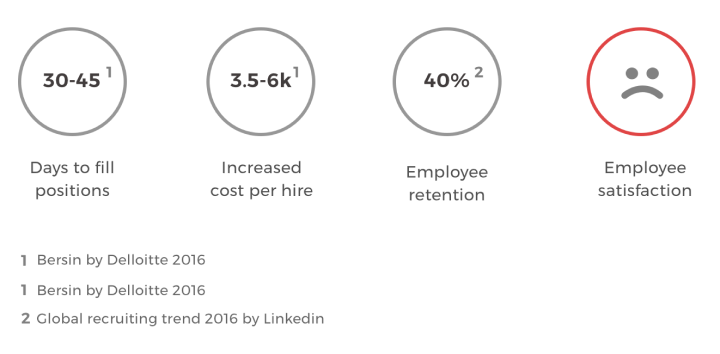
The project began with collaborative work sessions involving stakeholders and product owners to comprehend the problem space and address a global pain point: finding and retaining a workforce. The importance of understanding hiring practices in the industry was my primary focus, along with the pain points that came with it.
We mutually decided to develop the product's Minimum Viable Product (MVP) to achieve a few desired outcomes:
How can we empower recruiters to effectively identify and present top talent to hiring managers?
How can we ensure a viable experience that enables smart hiring decisions?
How can we provide an engaging, stress-free environment for professional talent during interviews?
I conducted research sessions with the founders (who also served as hiring managers), managers, recruiters, and candidates in the information technology industry. My primary goal was to identify pain points, gain insights into hiring methods, and understand interview-related challenges to build a product that initially catered to the IT industry and had the potential for scaling across other verticals.
What were the biggest challenges faced by recruiters and hiring managers?
How do recruiters shortlist talent for interviews? How do they analyze a resume?
How do hiring managers perceive a video interview platform?
It takes a lot of work to attract talent in competitive markets.
I need more time to dedicate to the hiring process.
I like to retain a repository of good talent.
The hiring process can get prolonged.
I need more time to dedicate to the hiring process.
The screening process is very time-consuming.
Finding candidates with niche skills is the most difficult.
I like to retain a repository of good talent.
Technical issues disrupt the interview flow.
Recruiters search resume for technical keywords and experience.
I would like to compare talent side by side.
Build a quality workforce.
Skilled recruiters are effective in candidate vetting.
I require interviews to assess technical skills.
Skill set mismatch is very common.
Candidate lack the skills required for the role.
During the research phase, we identified three main end-user groups: recruiters, hiring managers, and candidates seeking technology roles. From this research, we developed early personas to gain insights into our target audience's requirements and better understand their needs. These personas continued to serve as a solid foundation for our design and development efforts.
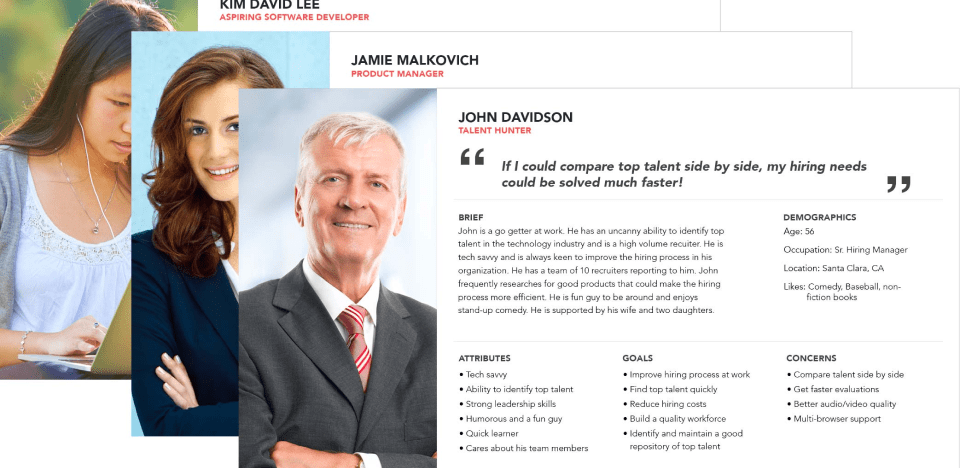
Beginning with sketches and storyboards, I brainstormed ideas based on our research findings. We prioritized designing the interview experience and interview report creation. I transformed these ideas into concrete mockups through frequent iterations, ensuring they resonated with our target audience's needs and preferences.
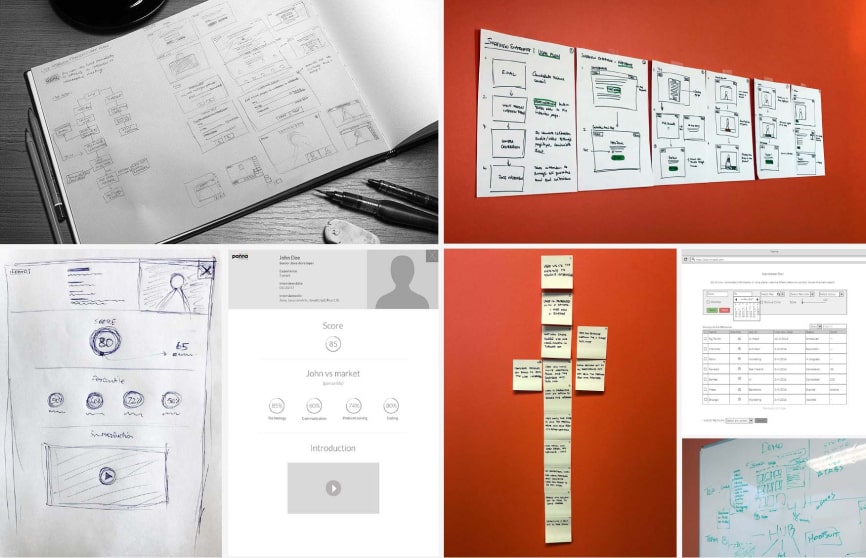
The engineering team created UI components based on the digital style guide, and we frequently iterated our designs with them. Working prototypes were periodically tested with graduate students at a leading university in India, allowing us to refine the interview experience.
I prioritized a user-friendly onboarding process, providing clear instructions for candidates to navigate the video interview platform, check their audio and video quality, and practice their presentation. The onboarding aimed to boost candidates' confidence and readiness, ensuring they felt comfortable and ready for a successful interview interaction.
Each interview was uniquely designed to test candidates' specific skills, preventing the reuse of questions from earlier interviews and ensuring a fair and unbiased assessment. Interviews comprised diverse questions, including multiple-choice, logic, auditory response, and coding-related questions.
I ensured the candidate's video recording area didn't interfere with the interview experience. Our main objective was to maintain the interview session screen free from distractions for the candidate.
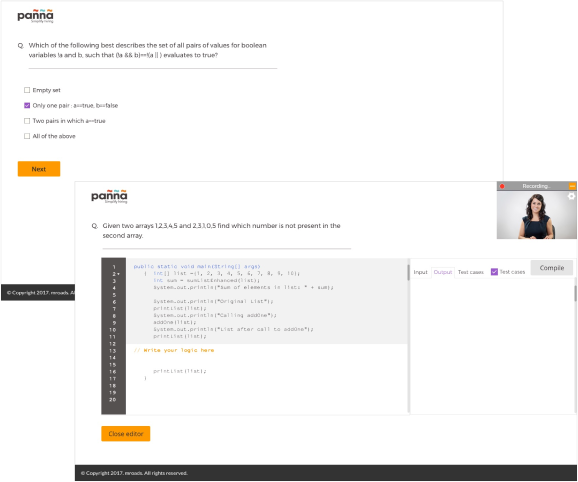
Interview scores were automatically generated by the system and reviewed by outside graders identified by the company. With a quick turnaround time, the interview reporting process furnished results much faster.
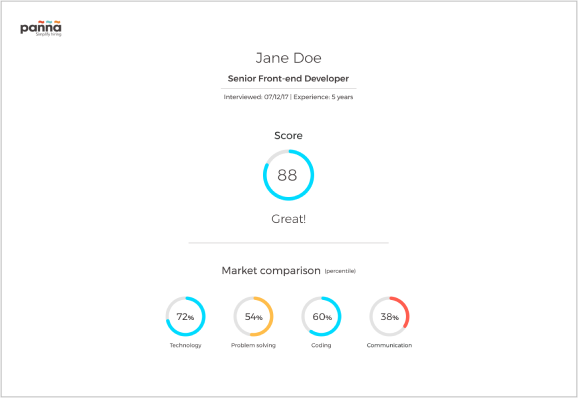
We designed an enterprise-level module adhering to industry standards, seamlessly integrating with iCIMS, SAP Success, and social platforms like Google, LinkedIn, and Facebook. The Paññã platform facilitated interview scheduling, live video interviews, and report viewing and forwarding. Recruiters could easily set up preset or customized interviews using open APIs, while hiring managers could easily access interview results and efficiently identify top talent.
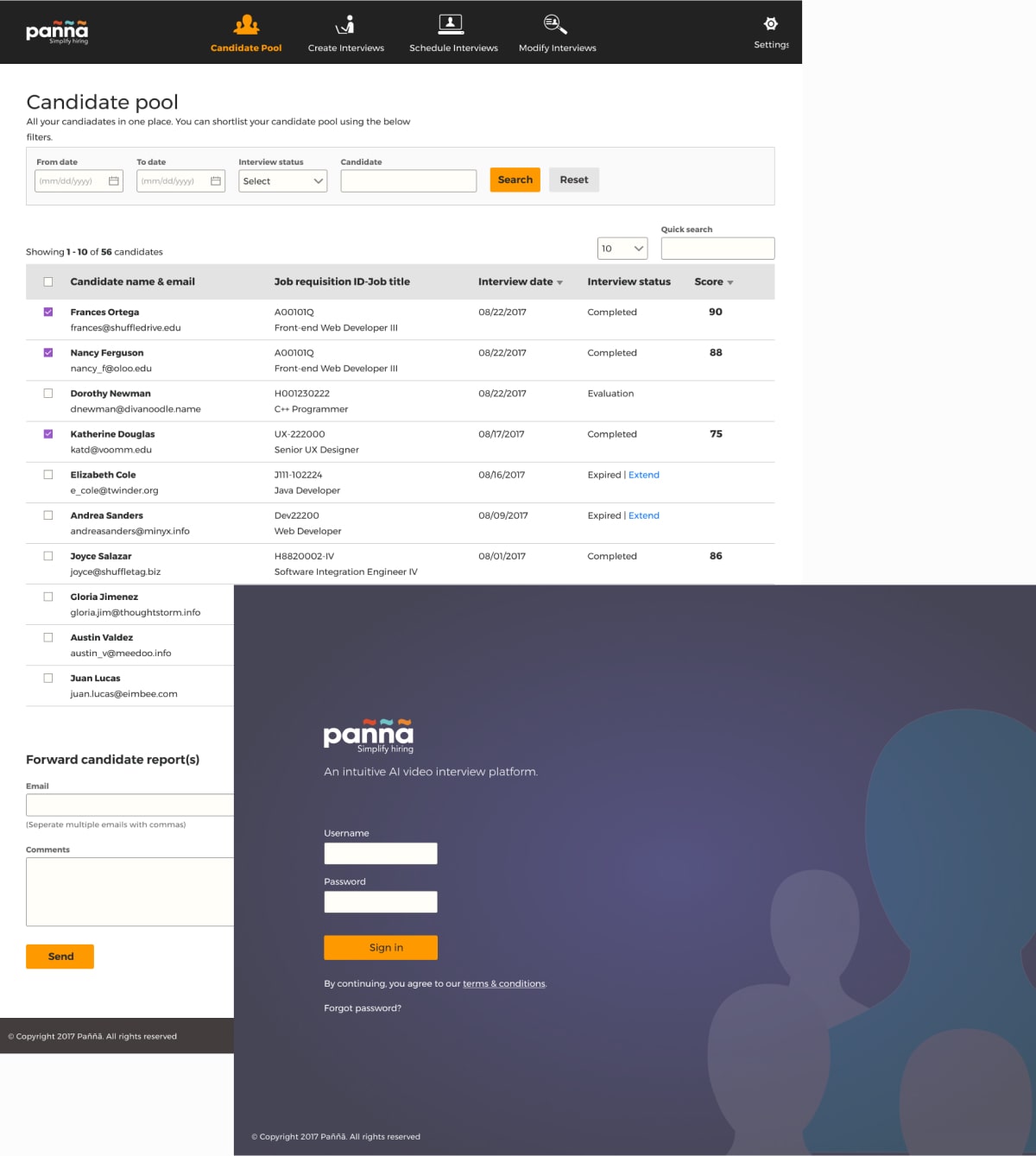
We integrated the interview engine with the platform, enabling recruiters and hiring managers to conduct live interviews seamlessly. Group chats between candidates and interviewers, live and offline feedback and in-depth reporting were some of the enhanced features of the integrated system.
Carefully crafting a lean interview platform for low bandwidths and remote locations, we empowered candidates to interview at their convenience while enabling hiring managers to access reports on any device. With features like group chats between candidates and interviewers, live and offline feedback, and in-depth reporting, the interview experience was significantly enhanced.

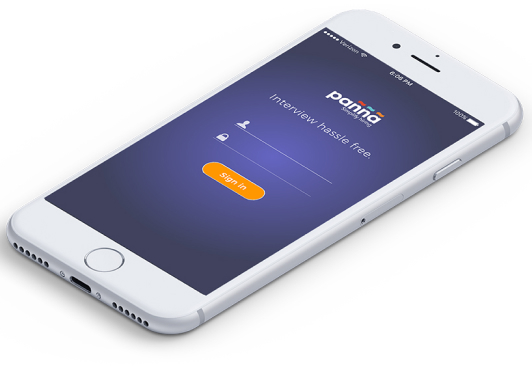
The excitement was palpable as we witnessed actual interviews taking place. By early 2018, the product had facilitated over 20k interviews, delivering significant benefits to our clients, including cost-cutting, time-saving, higher quality hires, and an overall more satisfying hiring experience.
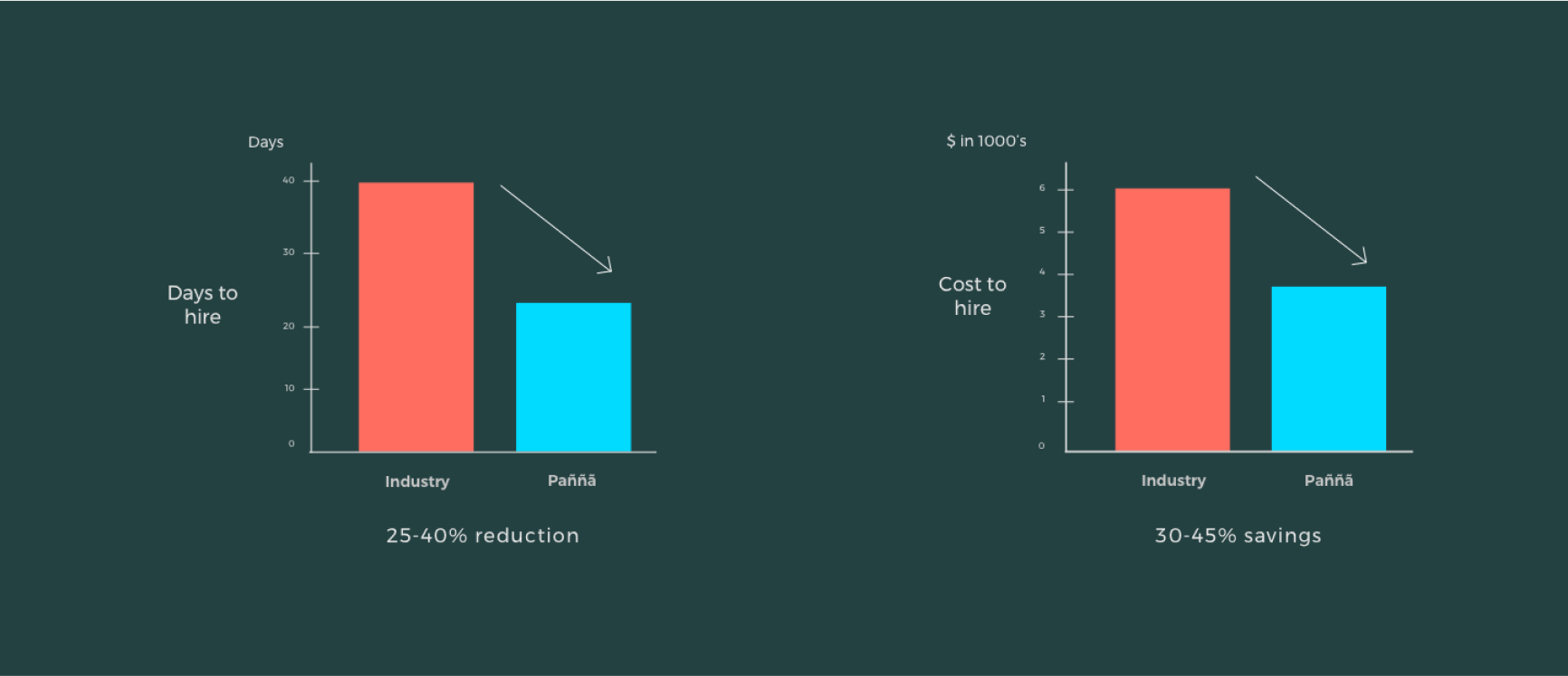
Before using the mroads interview platform, Acme had 22 candidates lined up for interviews to fill nine engineering positions. However, only two candidates were selected for full-time hires. After trying out the Paññã platform, Acme successfully hired the remaining candidates.
Acme hiring process
First round interviews conducted: 22
Time spent: 22 hours (22 x1 hr)
Shortlisted candidates: 4
Final round interviews conducted: 4
Time spent: 3 hours (4 x 45 mins)
Candidates hired: 2
Total time spent for hire: 25 hours
Panna hiring process
First round interviews conducted: 55
Time spent: 0 hours (22 x1 hr)
Shortlisted candidates: 12
Final round interviews conducted: 12
Time spent: 9 hours (4 x 45 mins)
Candidates hired: 4
Total time spent for hire: 9 hours

Startups offer an exhilarating yet challenging experience, often humbling in nature.
I took on various roles, starting from the product's conceptual stage, with only a few documents outlining the idea. Witnessing the product's growth and evolution beyond its MVP phase was incredibly rewarding. Around my departure, the product platform had registered over 20K interviews.